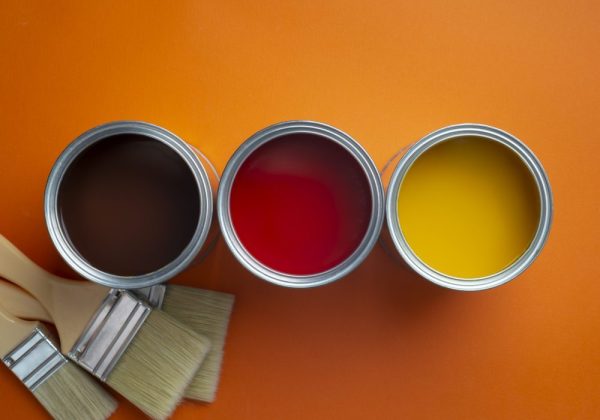
Calcium carbonate is the most widely used physical pigment in coatings. It can not only significantly reduce the cost of coating production, but also affect many properties of coatings, such as changing the mechanical strength of the coating film, improving the water resistance of the coating film, etc. It is the most important functional filler for civil and industrial coatings.
1. Heavy calcium carbonate
Heavy calcium carbonate is the first filler in the world’s coatings industry. Since most places where heavy calcium carbonate is used do not have very strict requirements on fineness, the heavy calcium carbonate currently on the market is generally not surface treated. However, due to the poor fluidity of powder coatings, ultrafine heavy calcium carbonate should generally be surface modified. The modifiers are mostly coupling agents such as titanates, or phosphoric acid, surfactants, aluminum sulfate and sodium hexametaphosphate, etc., and sometimes fatty acids are also considered. In recent years, there have been some examples of using polymers as surface treatment agents. Through modification, the amount of calcium carbonate can be increased by 20% to 50%, and the gloss and leveling properties are increased.
2. Light calcium carbonate
Compared with heavy calcium carbonate, since light calcium carbonate is artificially synthesized, the crystal form and composition are easy to control, so it can be given multiple functions. The relatively high specific surface area makes the reinforcement effect of the powder in the coating significantly better than that of heavy calcium carbonate.
In addition to being used in architectural coatings, paper coatings, and powder coatings, ordinary light calcium is mainly used in anti-corrosion coatings. In addition to being used as a filler, ultrafine light calcium also has certain water resistance and corrosion inhibition. It is estimated that more than 100,000 tons of light calcium is used each year for various anti-corrosion coatings (including ship coatings, container coatings, vehicle primers, bridge and steel structure anti-corrosion, etc.).
3. Nano calcium carbonate
In recent years, with the rise of nanotechnology, nano calcium carbonate, as a cheap nanoparticle, has been used in coatings to improve coating performance, which has always been one of the hot topics in the coating industry. In particular, the construction of many 10,000-ton nano calcium carbonate production lines in China has made it even more urgent to find applications in a series of fields including coatings.
Compared with traditional heavy calcium or light calcium, although the cost of nano calcium carbonate has risen significantly, it is still at a lower price than other ordinary pigments and fillers. In particular, after the nano-calcium carbonate is nano-sized, the changes it brings in coating reinforcement, transparency, thixotropy, leveling, etc. are the focus of coating manufacturers.
(1) Architectural coatings
(2) Anti-stone-impact coatings and topcoats for automobile chassis
Surface modification is one of the most important and necessary deep processing technologies for producing calcium carbonate. It is an important means to improve the application performance of calcium carbonate, improve its applicability, and expand its market and usage.
For example, the application of nano calcium carbonate particles in coatings involves the compatibility of nano materials and base materials, and the obvious differences in the types and quantities of functional groups, molecular weight, etc. between the film-forming base materials of coatings and polymers such as plastics and rubber, which leads to differences in the surface polarity of polymers and the way they interact with pigments and fillers. In order to successfully apply nano calcium carbonate in coatings, the surface of nano calcium carbonate must be specially modified.
In addition, with the development of the calcium carbonate industry, a number of special coating calcium carbonates have emerged. Some have specific crystal shapes, some have a particle size of less than 0.1, some are not easy to settle, some have high gloss, and some are easy to disperse. More and more high-end manufacturers are looking for special coating calcium carbonate.
